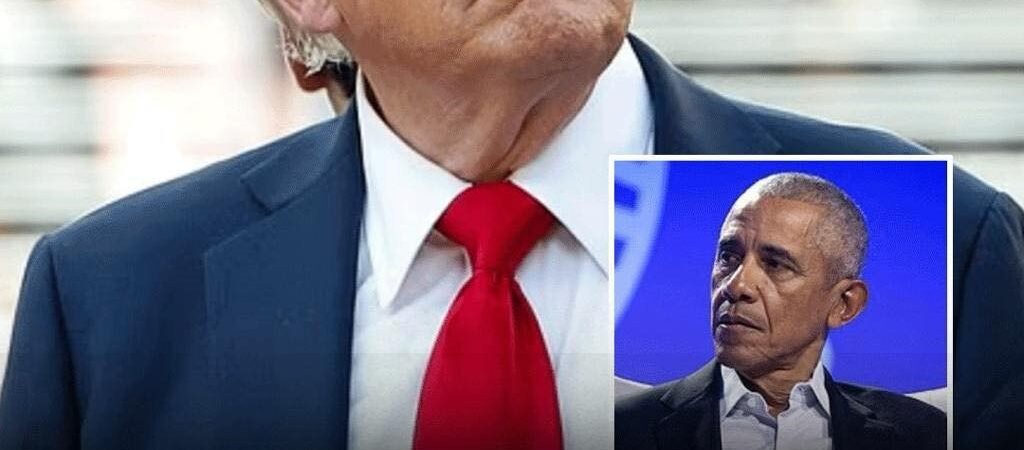Former President Donald Trump posted a highly realistic AI-generated deepfake video on his platform, Truth Social, showing law enforcement officers arresting President Barack Obama. The video quickly went viral across social media platforms like TikTok, Twitter, and Facebook, sparking confusion, debates, and urgent fact-checking.
With no caption or explanation, many viewers struggled to determine if the video was satire, a serious claim, or something more dangerous. This deepfake raised alarms among media ethicists and legal experts about the risks of AI-manipulated content, especially during a sensitive election season.
Such videos can spread misinformation rapidly, undermining public trust and democratic processes. While some praised Trump’s post as a clever political tactic, others condemned it as harmful digital defamation that can damage reputations and fuel conspiracy theories.
The incident highlights important questions about how AI-generated media should be regulated and labeled on social platforms. It also emphasizes the need for citizens to be more critical and verify information from multiple sources, as deepfakes become increasingly convincing and widespread.
Ultimately, this event shows the rise of a new kind of political theater where the lines between reality and fiction are blurred, with significant consequences for society and political discourse — no one, not even former presidents, is immune to these effects.



